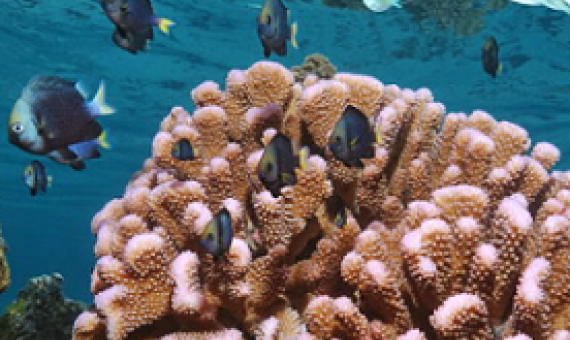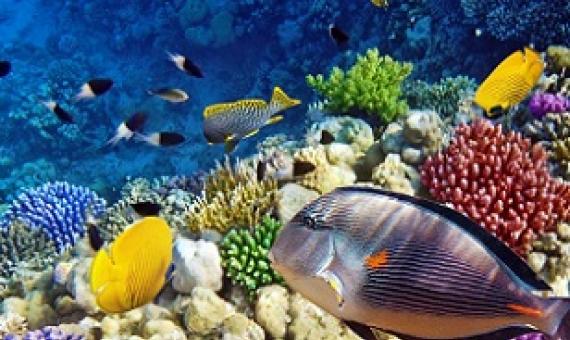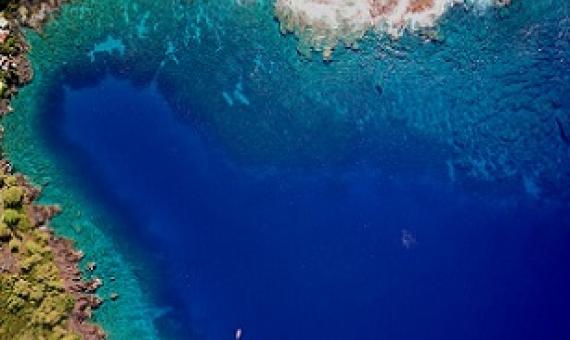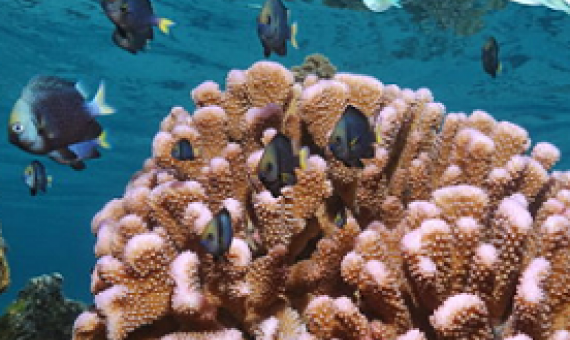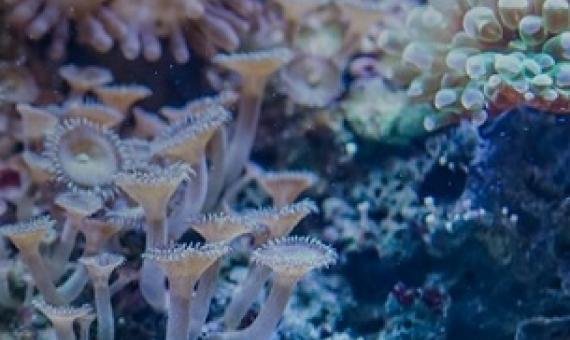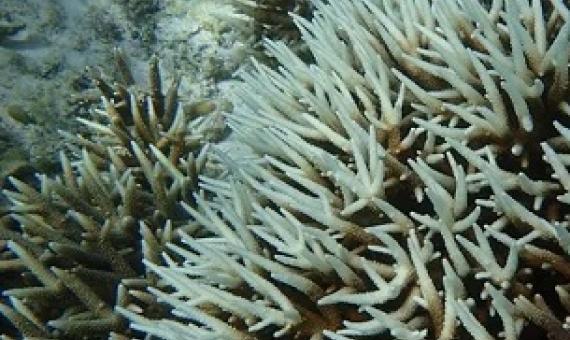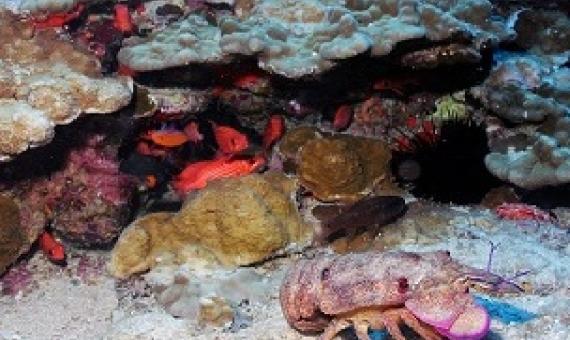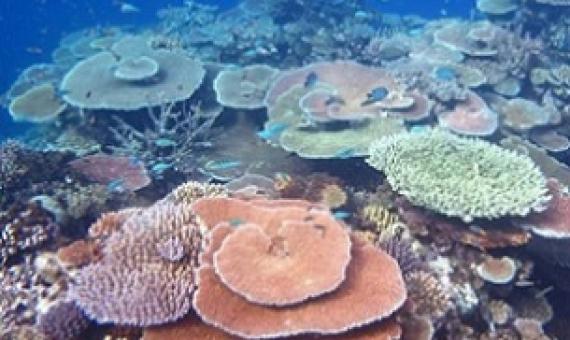The underlying structures of the reefs -- which are home to a multitude of aquatic life -- could fracture as a result of increasing ocean acidity caused by rising levels of carbon dioxide.
When you visit the world's zoos and aquariums, be sure to enjoy the colorful corals living throughout large and small marine exhibits.
A new study has found a 45% decline in the biomass of important fish species in West Hawai‘i’s reefs across a 10-year period...The study will inform new management practices to protect Hawai‘i’s coral reefs, including the state’s 30 by 30 initiative, which aims to designate 30% of Hawai‘i’s nears
Due to the increasing pressure of global warming on highly valuable coral reef ecosystems, scientists are now seeking novel ways to decrease heat stress on corals.
A new, first of its kind fund to protect coral reefs was officially launched today on the sidelines of the 75th Session of the UN General Assembly, with a coalition of partners convening to mobilise resources to make coral reefs more resilient.
Coral reefs in Guam and the rest of the Marianas archipelago are facing unprecedented damage because of warmer waters and increased carbon dioxide emissions. As of Sept.
The Hawaii Coral Reef Strategy 2030 emphasizes the inclusion of communities in coral restoration and conservation, and the need to work mauka to makai, from ridge to reef (or literally, toward the mountains and toward the sea), to promote reef resilience.
Our new study examined the traditional ideas of coral species and their evolutionary relationships using “phylogenomics” – comparing thousands of DNA sequences across coral species. Our results revealed the diversity and distributions of corals are vastly different to what we previously thought.
Measuring Temperature in Coral Reef Environments: Experience, Lessons, and Results from Palau
Sea surface temperature, determined remotely by satellite (SSST), measures only the thin “skin” of the ocean but is widely used to quantify the thermal regimes on coral reefs across the globe. In situ measurements of temperature complements global satellite sea surface temperature with more accurate measurements at specific locations/depths on reefs and more detailed data. In 1999, an in situ temperature-monitoring network was started in the Republic of Palau after the 1998 coral bleaching event.
Rigorously Valuing the Role of U.S. Coral Reefs in Coastal Hazard Risk Reduction
The degradation of coastal habitats, particularly coral reefs, raises risks by increasing the exposure of coastal communities to flooding hazards. The protective services of these natural defenses are not assessed in the same rigorous economic terms as artificial defenses, such as seawalls, and therefore often are not considered in decision making. Here we combine engineering, ecologic, geospatial, social, and economic tools to provide a rigorous valuation of the coastal protection benefits of all U.S.
